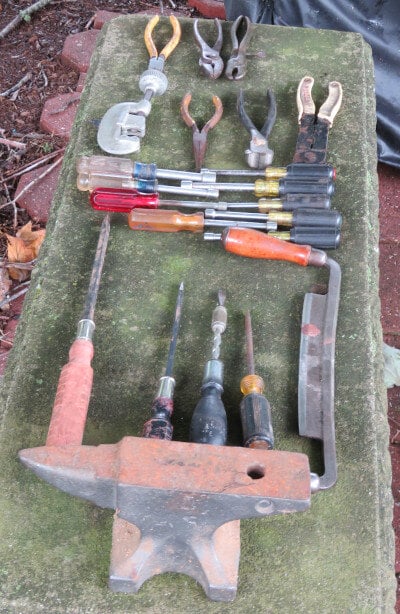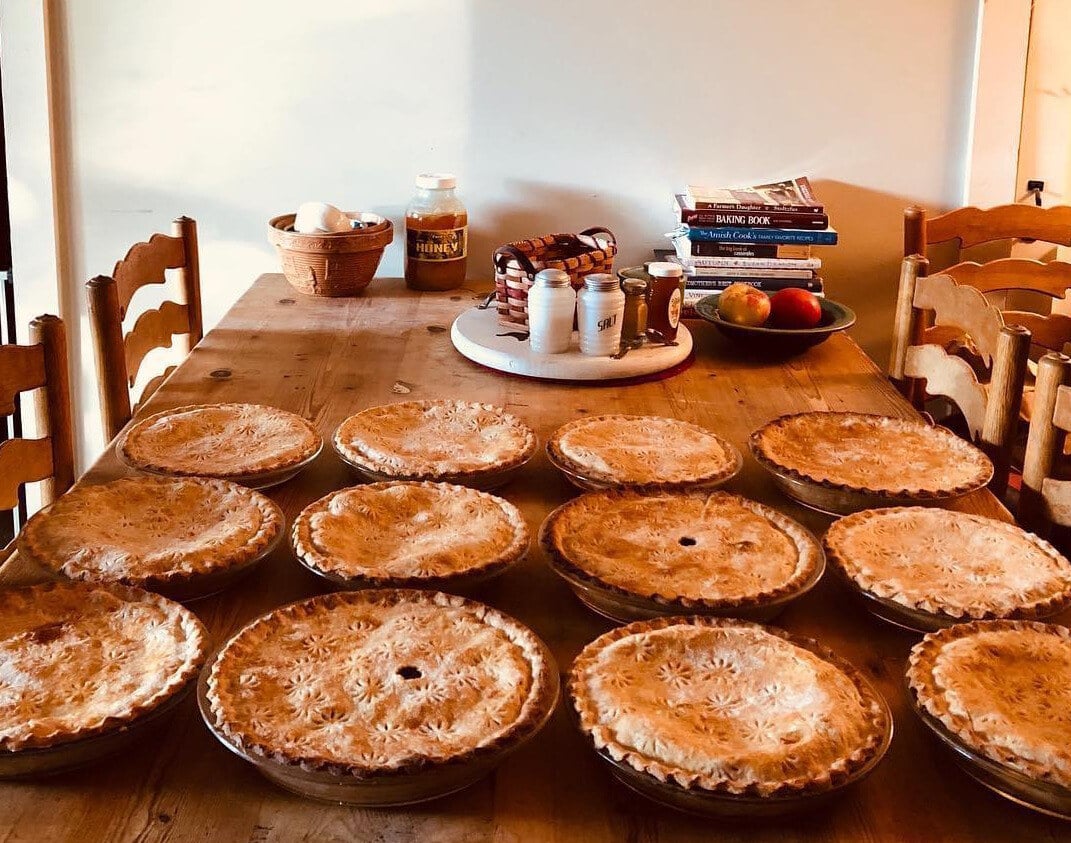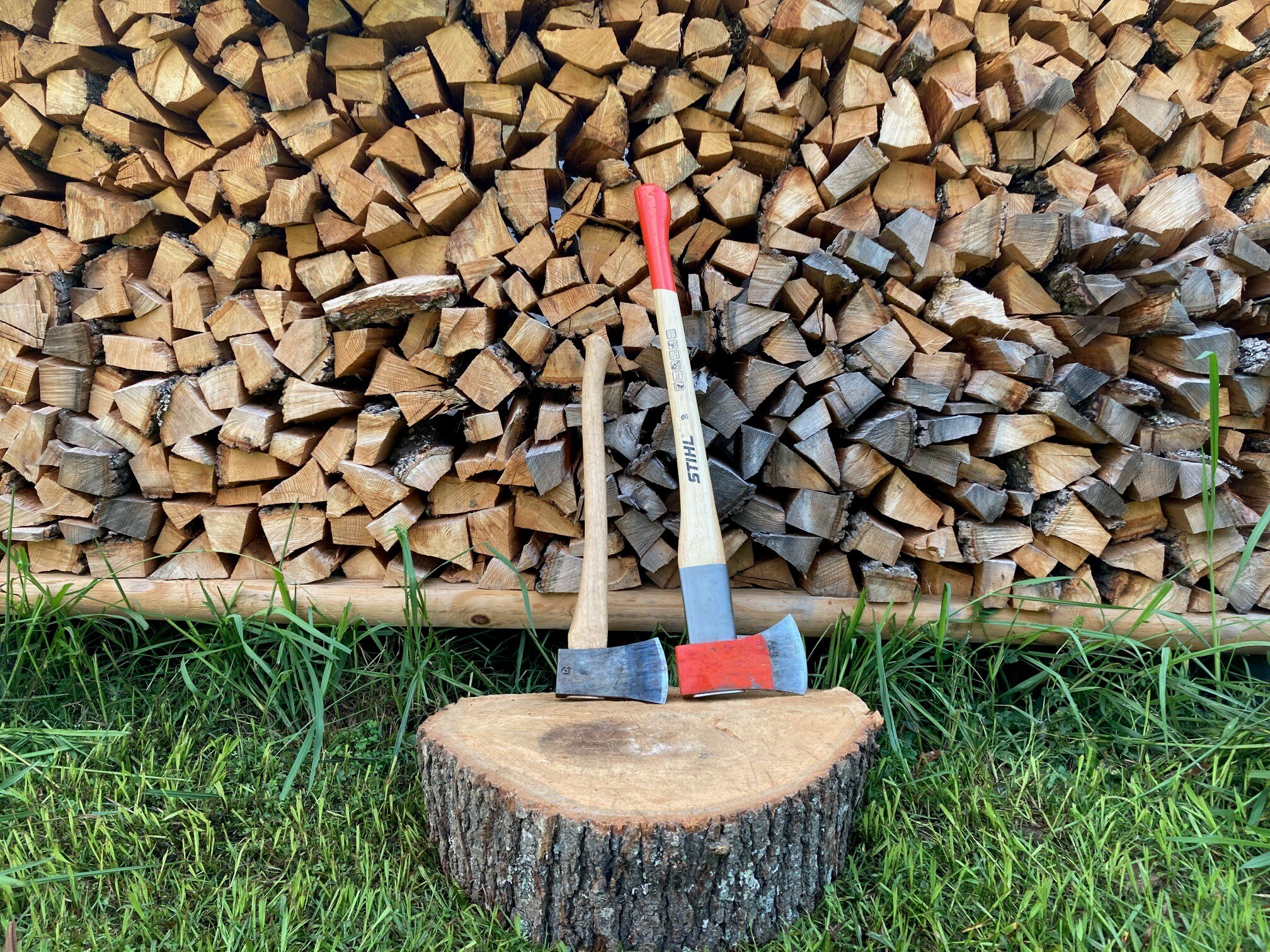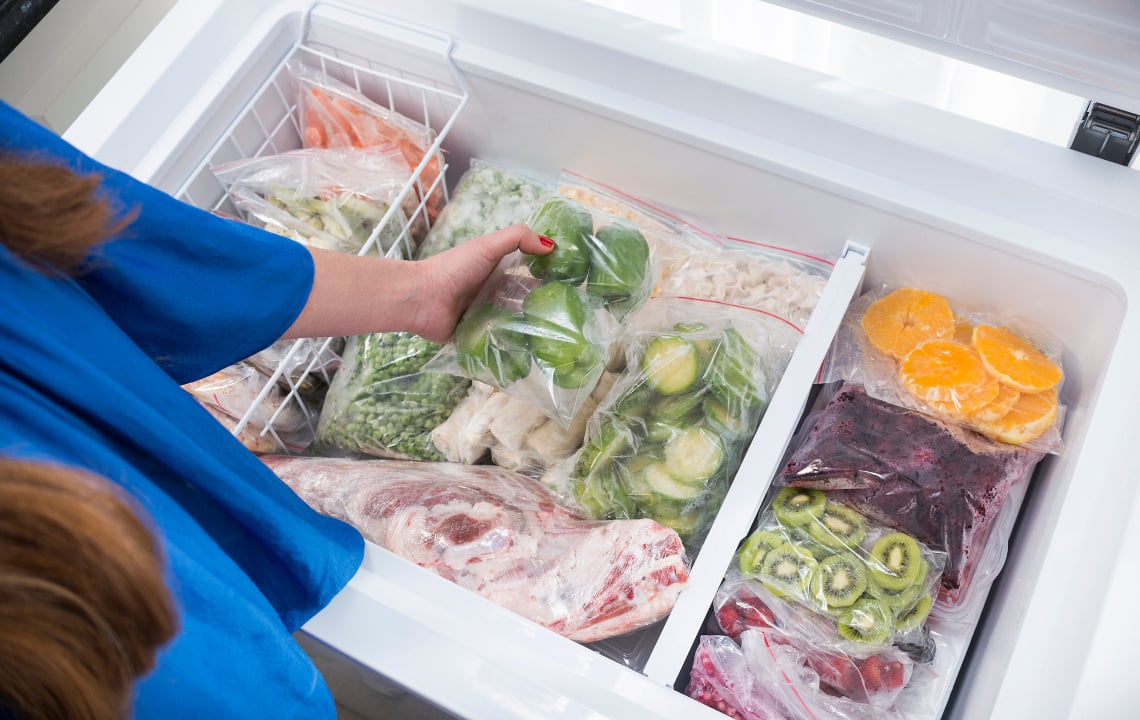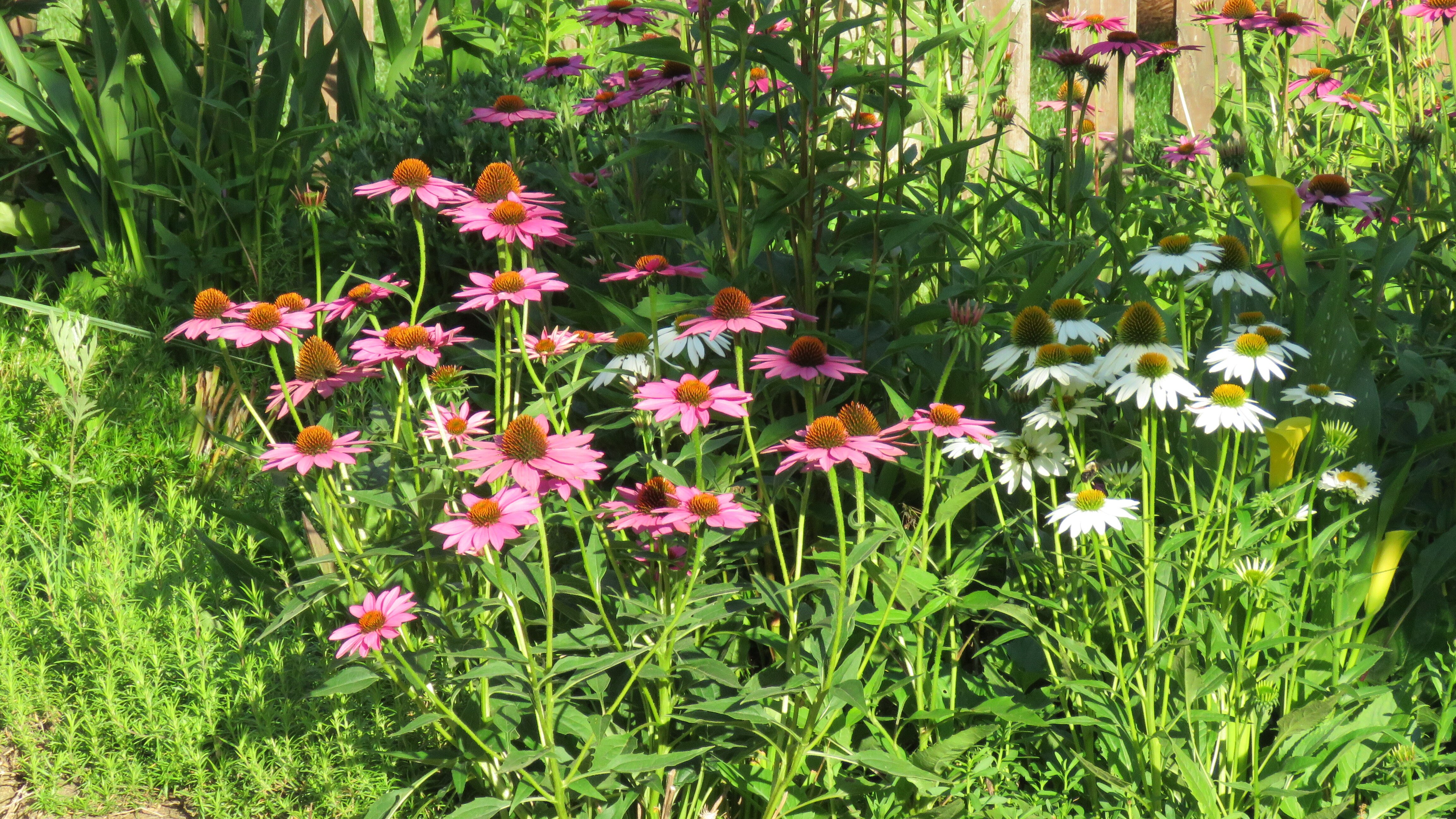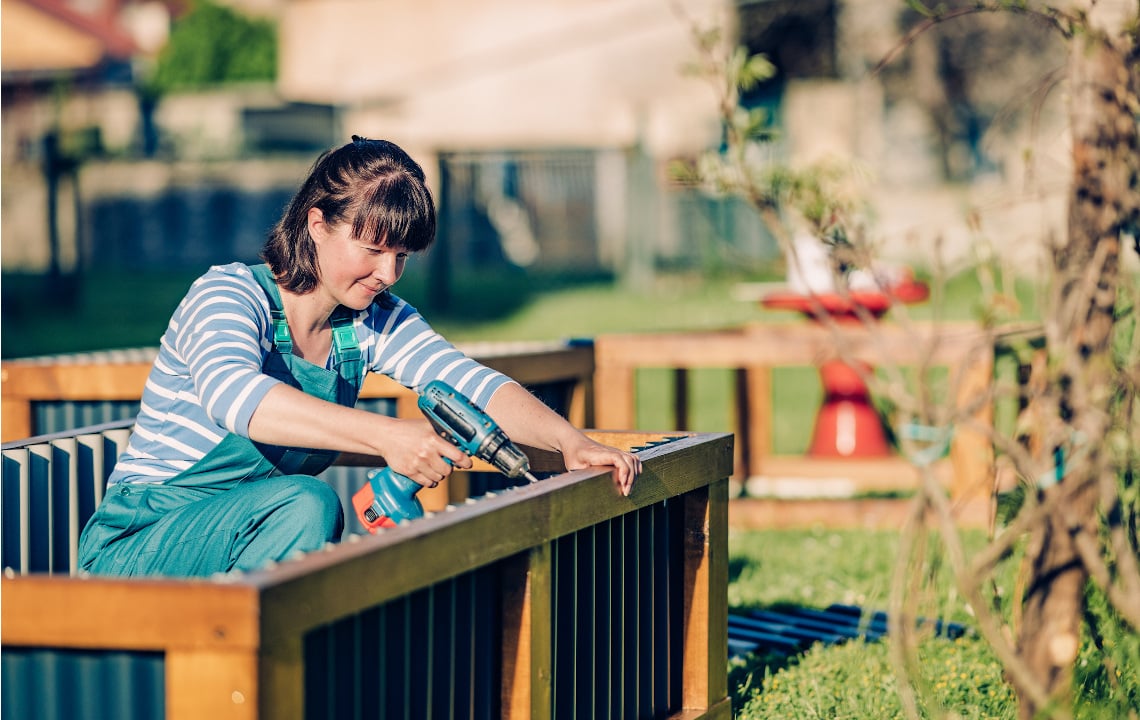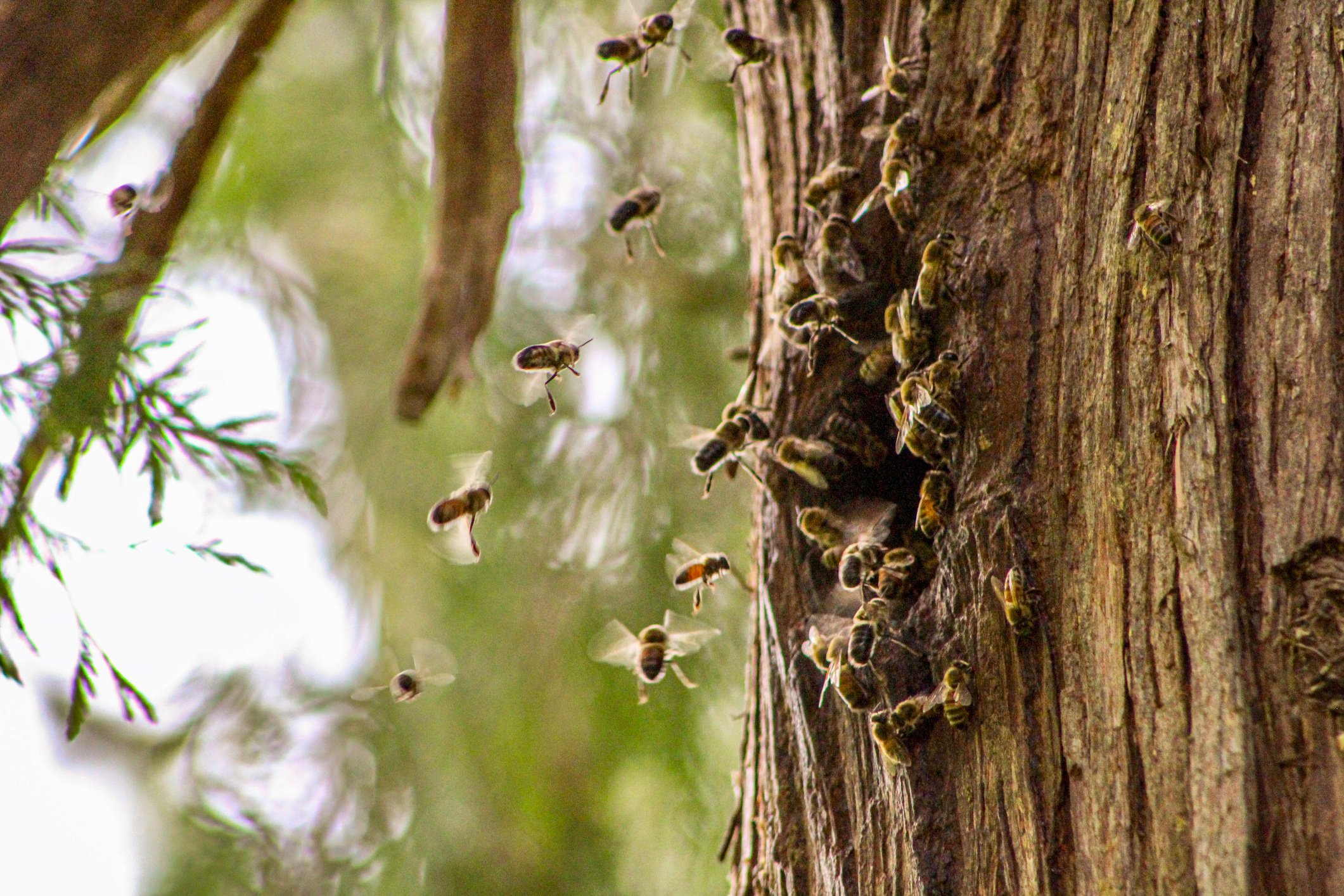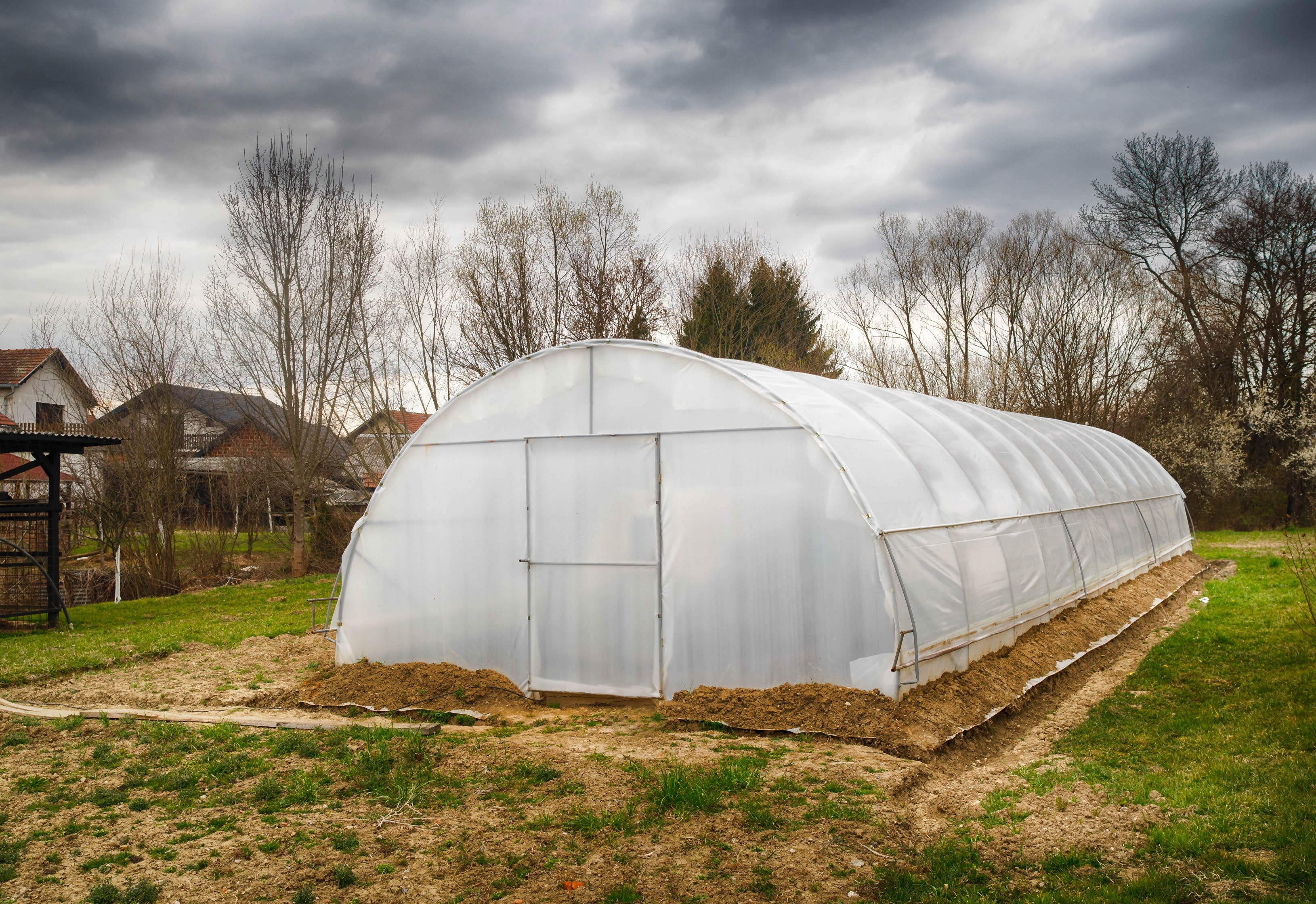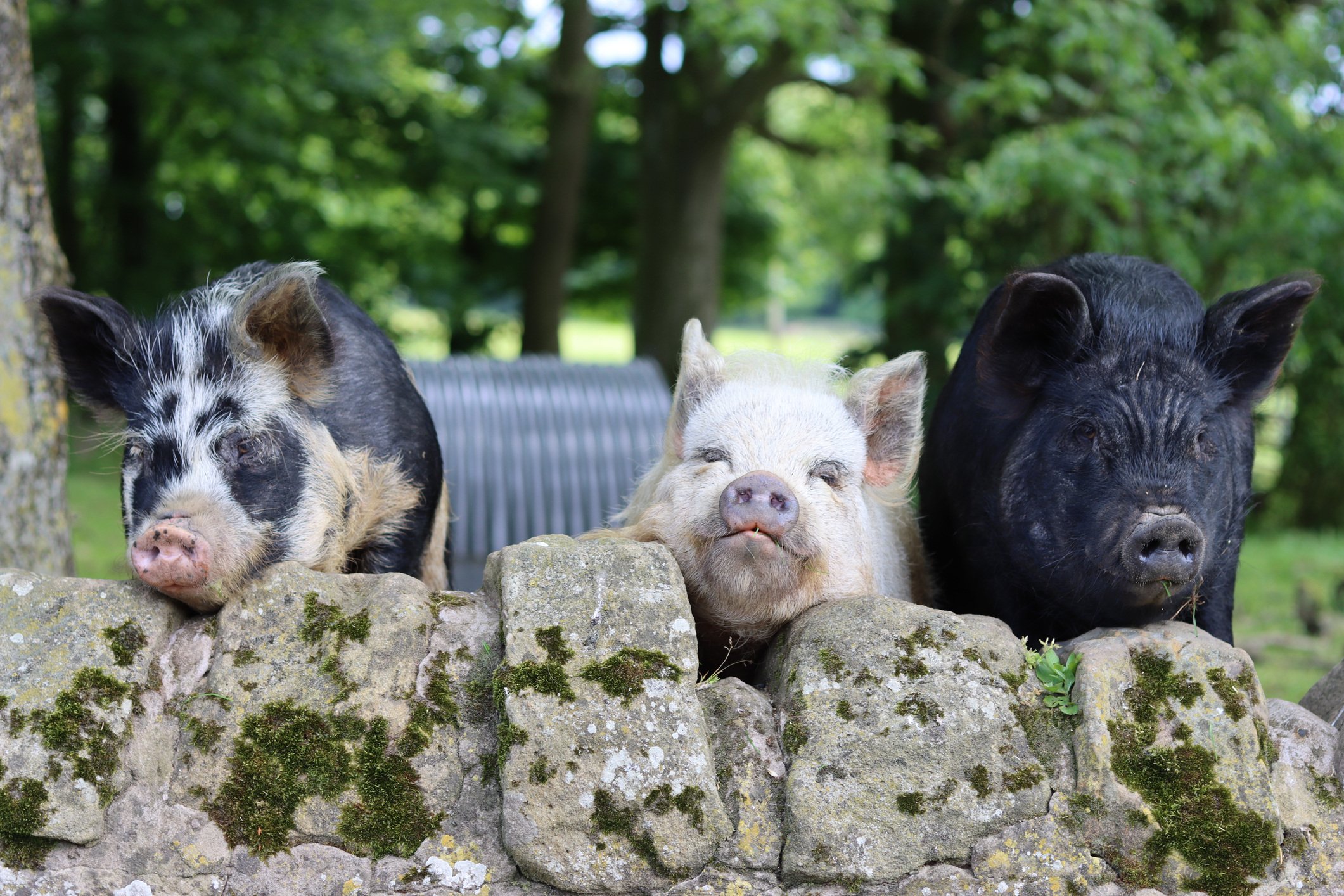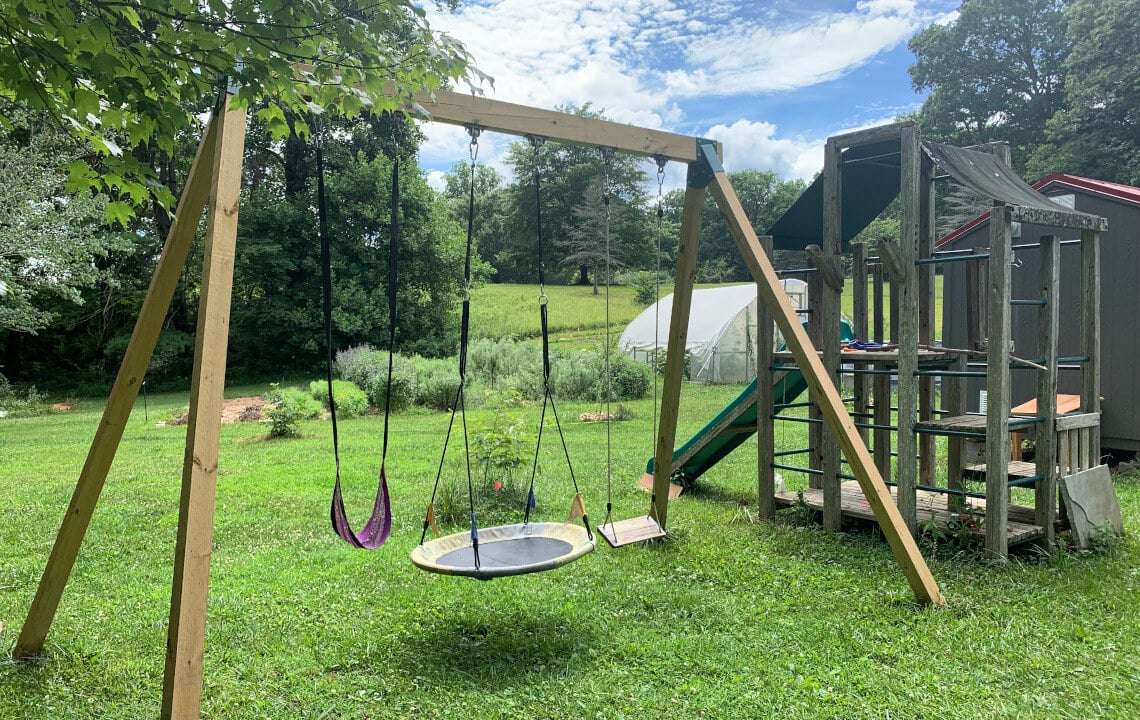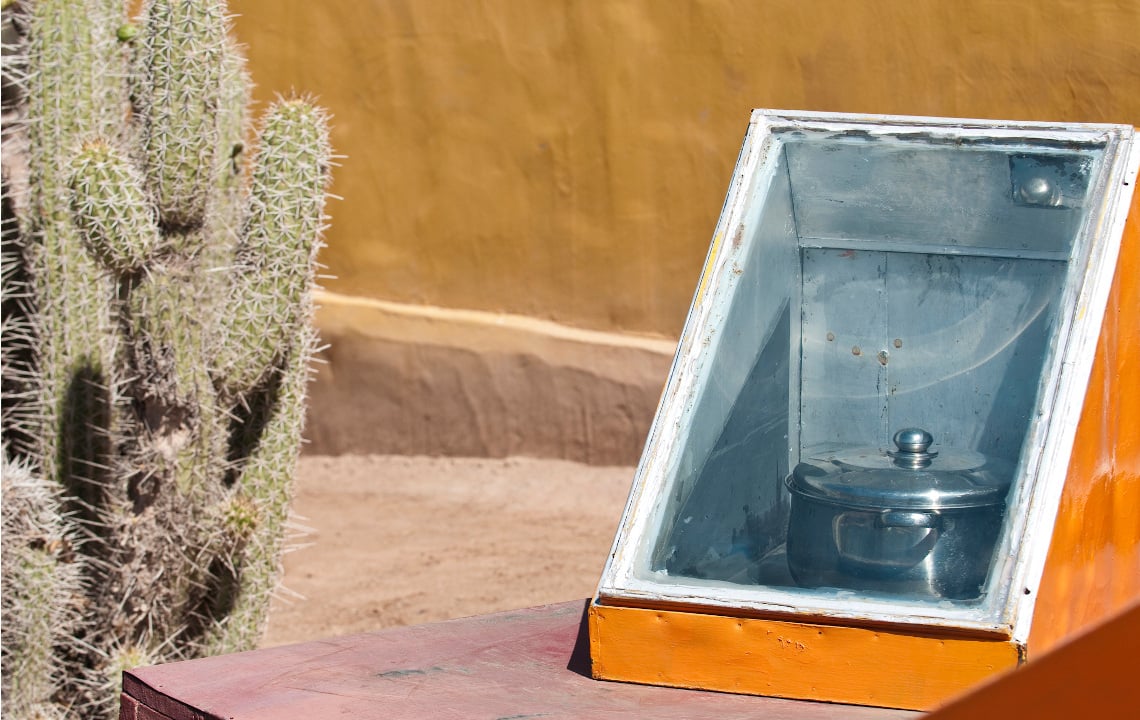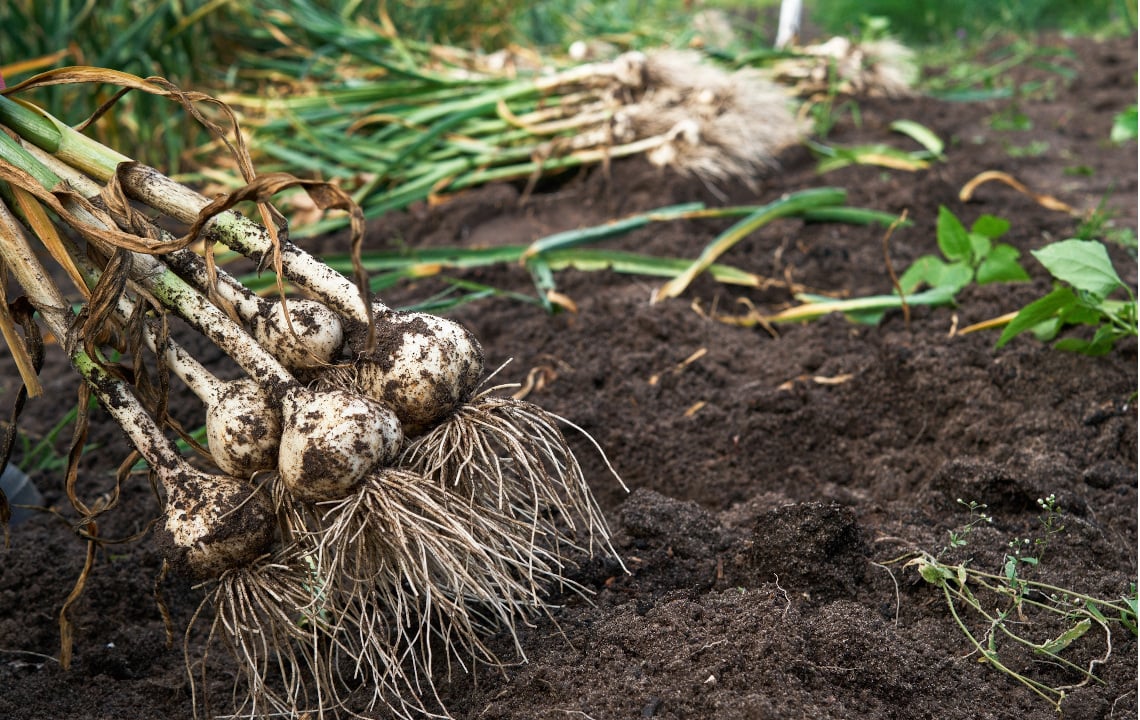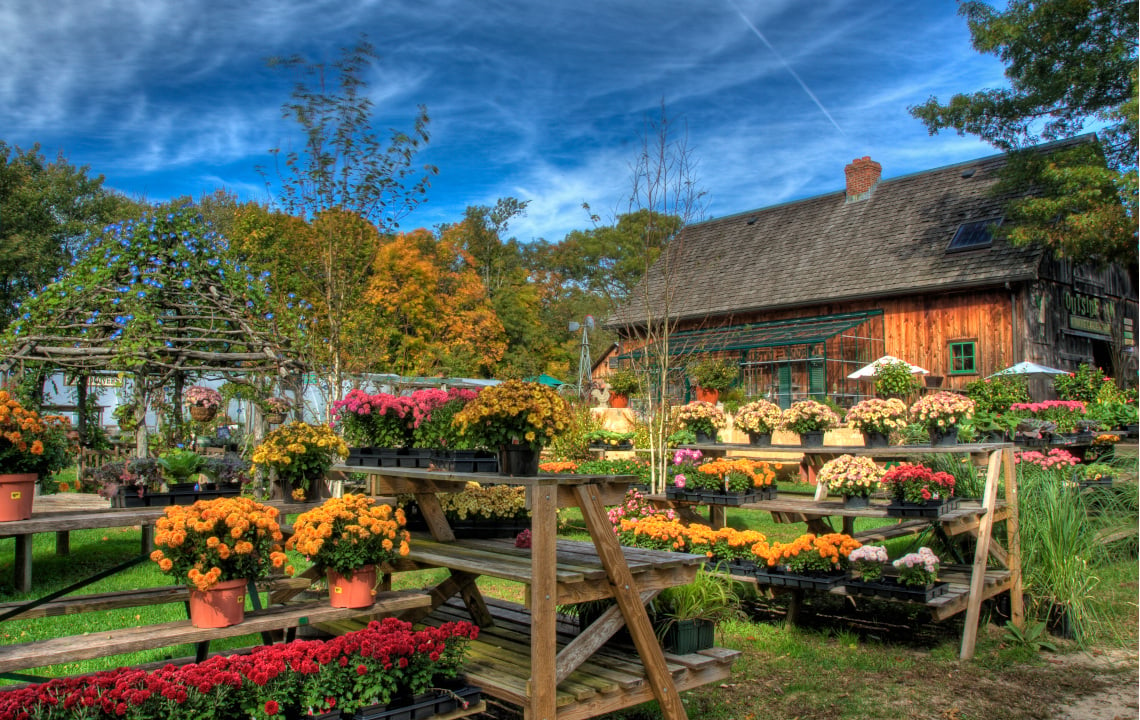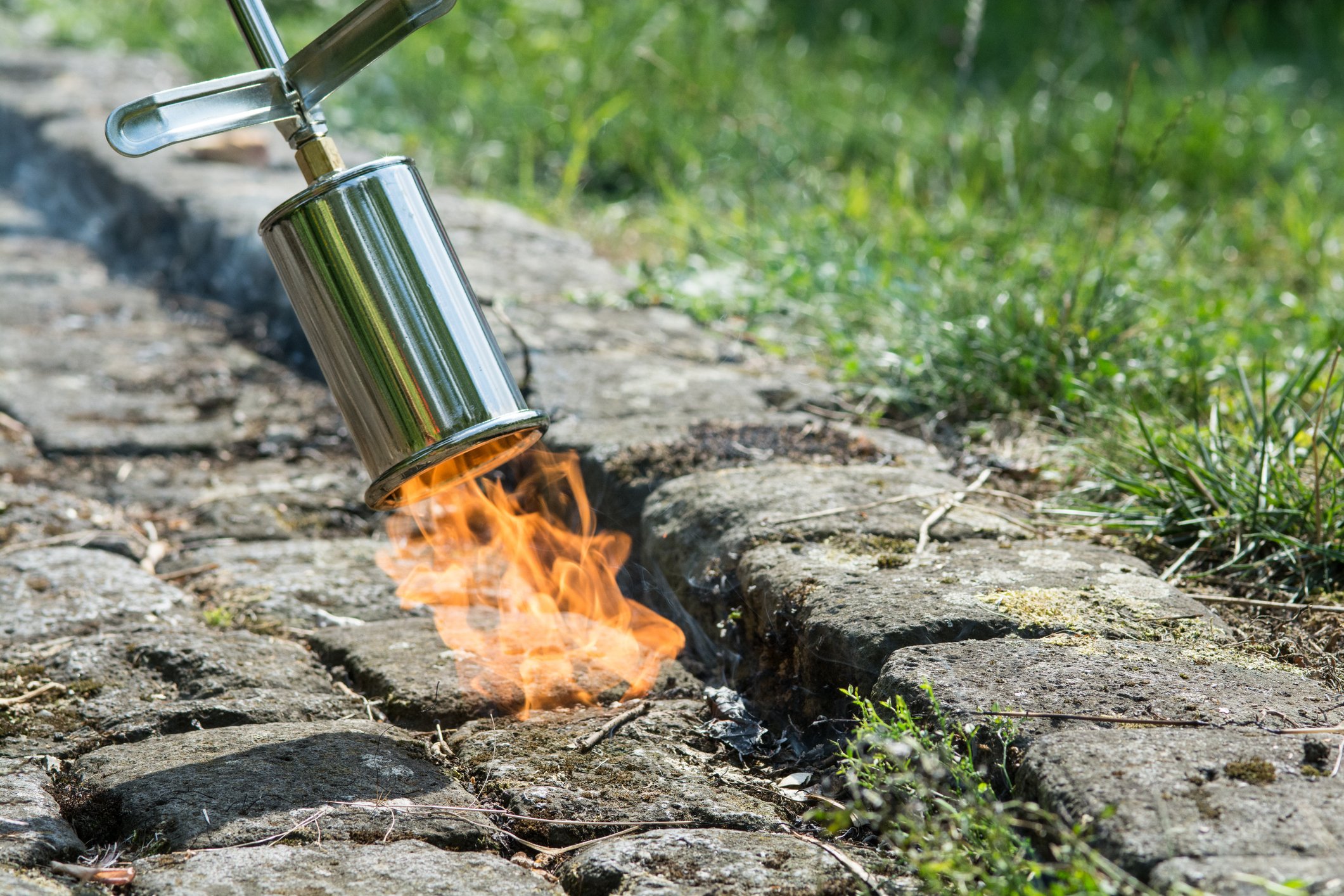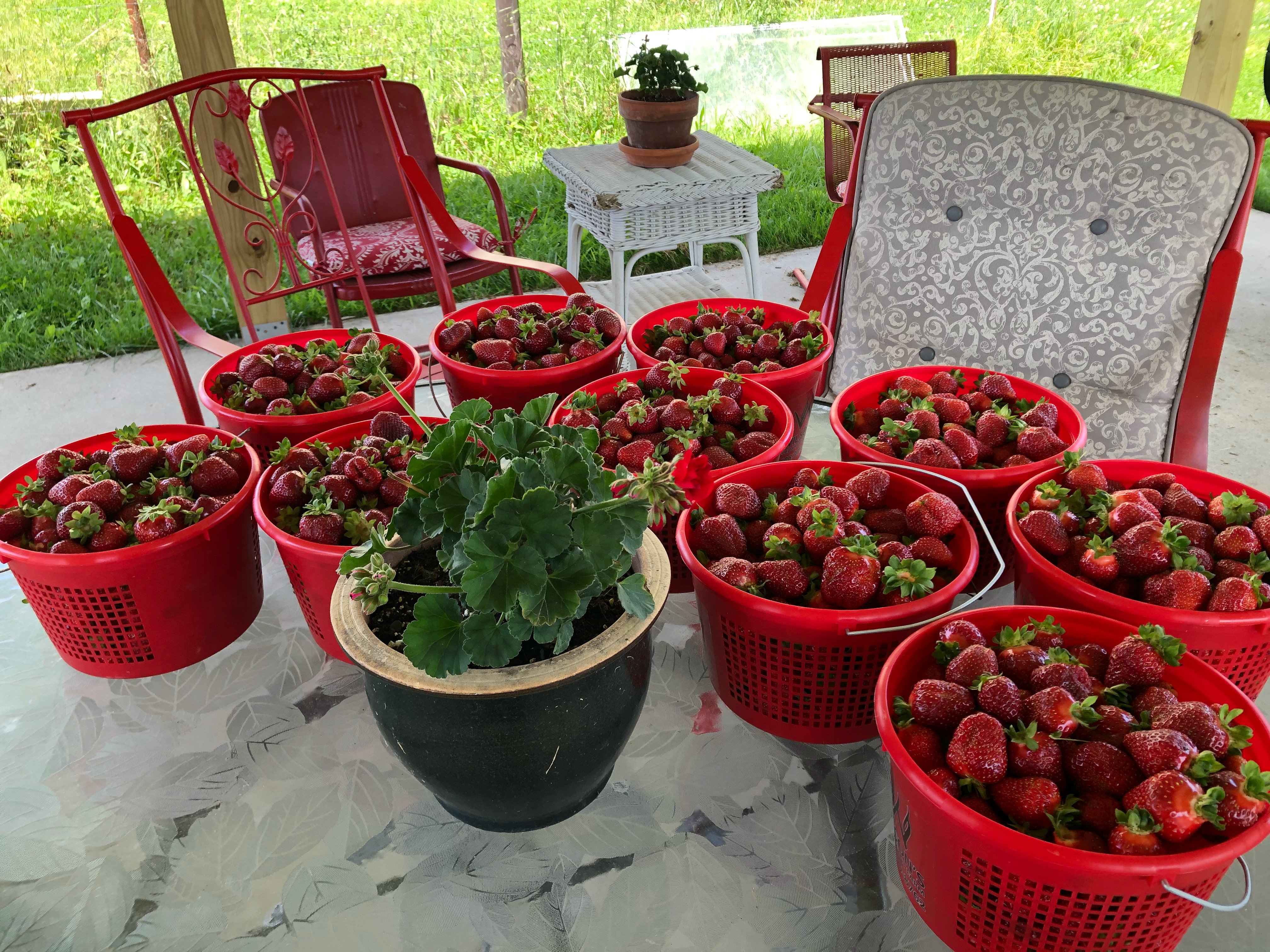Get rural land and homestead management tips on planning ahead for the new year, including master plans for gardening, pruning, painting lawn care, hobbies, outdoor sports and more.
*This article was originally published on December 27, 2022, and was updated on December 31, 2024.
The beginning of a new year is a time to look back, but even better, it is a time for planning to make it better. We can capitalize on our mistakes and avoid a repeat of last year's blunders.
Here are a few thoughts for making the new year one of the best of our rural lifestyle.
Create Master Plans for Gardening
If you are unsatisfied with the results of your past gardening efforts, there is still time to start planning for the new year.
Cold-weather favorites such as cabbage, broccoli, turnips, mustard greens and similar items may be planted now in most Southern climates.
Here in South Carolina, my fall cabbage is ready to harvest.
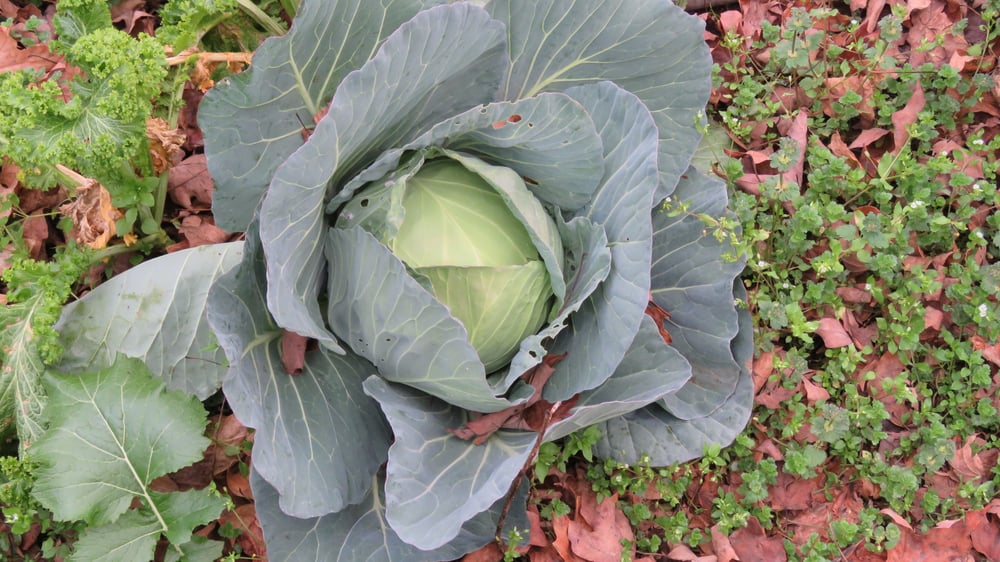
The nice thing about cold-weather crops is they will prosper in early spring and late fall. They make a nice alternative to letting the garden slip into obscurity during the winter.
Another good idea is to design a master plan for the coming year's garden. Graph paper is ideal for this process.
Did you plant too much of some vegetables in 2024 and not enough of others?
You can find information from gardening suppliers and agricultural colleges that specify how many feet of plants yield a certain amount of vegetables.
By proper planning, you can cut back on some varieties and increase or add others that will better meet your needs.
Learn more about planning your next year's garden in:
- How a Soil Scientist Creates a Low-Maintenance Garden in the South
- 7 Tips for Starting a Master-Planned Garden on Your Land
- Winter Sowing in Milk Jugs: A Step-by-Step Guide
Start Pruning Like a Pro
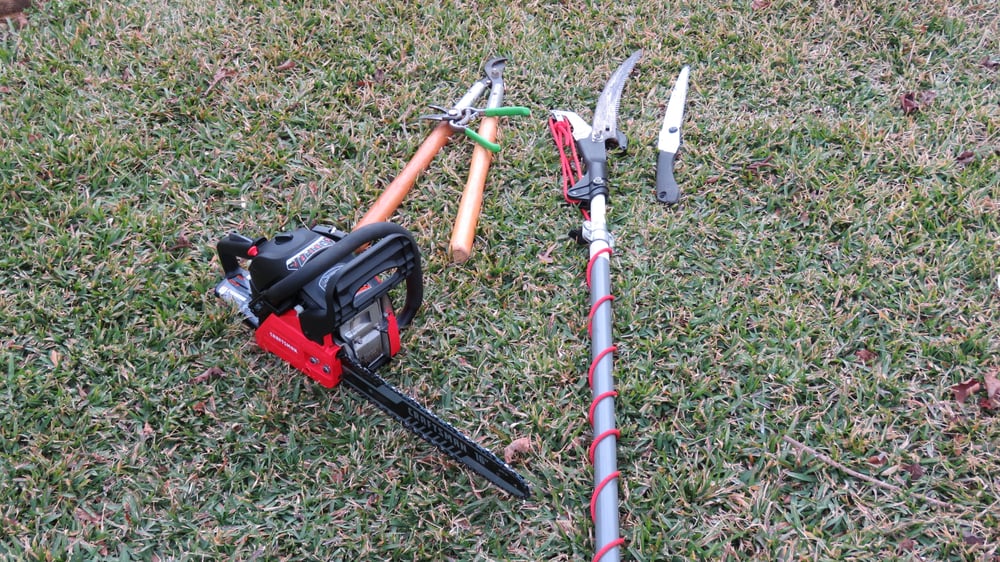
Don’t be a procrastinator when it comes to pruning!
January is an excellent time to accomplish this, as most trees, bushes or vines should only be pruned when dormant. Pruning can be performed with saws for the larger stock to be removed or shears for smaller foliage.
When cutting large limbs from trees, make a small cut on the underside of the limb to be removed. Then move the saw to the top of the limb to complete the cut. This initial cut will ensure that the limb does not “tear away” on the underside. 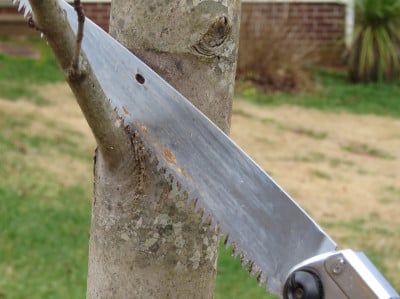
Some authorities advise using a sealant over the fresh cut, but most suggest this is unnecessary.
The cut should be close to the “collar” where the limb meets the tree. Leaving a stub during pruning can lead to decay and damage to the tree's trunk.
Grape vines require a significant pruning of limbs that may run for great distances.
Properly pruned grape vines appear to be severely reduced in size, but when the new growth spurts in the spring, it is incredible how far the vines will reach.
Get detailed instructions on pruning in: Everything You Need to Know About Tree, Bush and Vine Pruning.
Apply a Fresh Coat of Paint or Stain Ahead of the Hot Summer Months
Painting and plumbing are two of my least favorite jobs, but a fresh coat of paint looks better and protects wood from decay and degradation by the sun.
Mild winter days are excellent for painting and staining things like fencing, decks, arbors, platforms, patio furniture, etc.
Be sure to use the paints recommended for the application you are addressing. Some paints are designed for the stress of outdoor use, and indoor paint might be washable. Just observe the recommendations and select the best paint for the job.
Get Ahead on Lawn Care
The early part of the year is an excellent time to consider necessary lawn care, such as:
- Aeration
- Fertilization to carry your lawn through the winter months
- Pre-emergent chemical or integrative weed control will nip those pesky weeds before they pop out in the spring
If you do not have equipment to aerate, lawn services can be contracted, or equipment rental companies can provide equipment.
Get more tips in in 5 Lawn Care Tips to Start on Right Now.
Use The Winter Months to Hone Skills & Hobbies
If you are a bowhunter or target archer, don’t let the winter months discourage you from practicing. Get out there on the warmer days and participate.
This applies to other outdoor hobbies, such as tennis, running, hiking, mountain biking, cold-weather camping, fire-starting, etc.
As bowhunters, we owe it to our quarry to be the best we can be. We must be humane and minimize trauma to the animals we hunt.
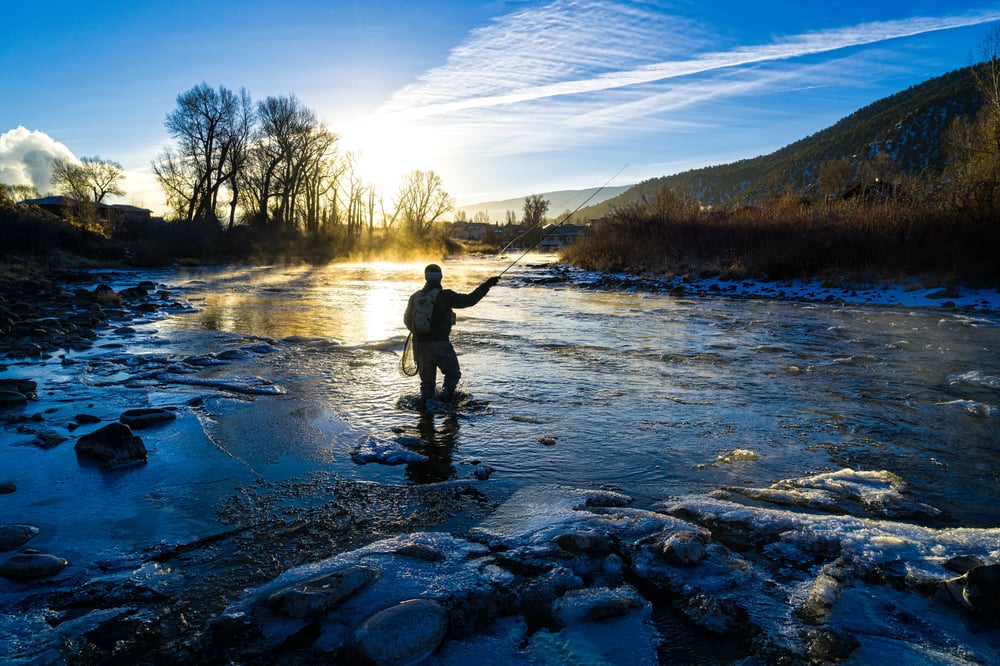
Don't Let Fishing Gear Sit Idle
As a fly fisherman, I have found that the winter months are some of the best times to be on the water.
Water temperatures for trout to be responsive should be above 40ºF. If it is close to 40 and falling, the chances of success diminish. The trout will usually be active if it is above 40 and rising.
Many streams are specified as “delayed harvest” during the winter months. This means they are stocked with trout, but catch and release rules are in effect. This is a good management practice.
Noted late author, artist and fly fisherman Lee Wulff once said, “Trout are a too important resource to only be caught once.” He was reportedly the father of “Catch and Release” fly fishing.
Need help finding time to fish? Check out Tips to Simplify Your Fishing so You'll Fish More Often.
Don't Hibernate
Winter should not be a time to hibernate and set aside the things that are important to you. It should be a time of preparation for the season to come.
Yes, winter is an ideal time to enjoy family and a good fire in the fireplace, but it offers too much for us to lock ourselves away and hibernate.




.jpg)

